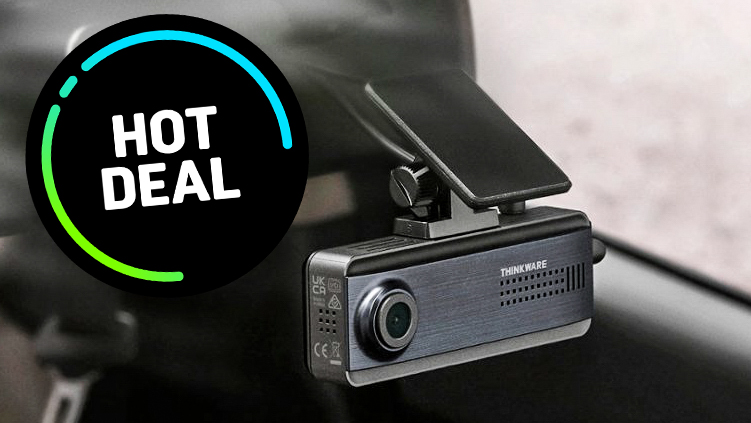Canon in 2020: a truly triumphant year that saw the return of the king
It was a year dominated by the Canon EOS R5 – but the world's biggest camera maker had an all-round championship season

The story of Canon in 2020 is the story of the war-weary king returning from battle to reclaim his throne.
It's no secret that Canon has been attacked on all sides by the mirrorless militias – led by Sony, with Fujifilm, Panasonic and Olympus bringing up the rear – putting the once indomitable manufacturer on the defensive. However, the company performed a masterstroke worthy of Sun Tzu in unleashing the Canon EOS R5 – arguably the best Canon camera, which might single-handedly have won the war.
There was far more to Canon in 2020 than a single great camera, though – from top to bottom, the firm innovated and evolved its product line. And it even found time to release some highly experimental products that nobody saw coming.
Gone was the timid, conservative, by-the-numbers Canon of the previous few years; Canon in 2020 was a proud champion, finding its second wind, and coming out in the seventh round throwing haymakers with dynamite in its gloves.
Though the company stayed true to its stated intention of producing no new Canon EF lenses, with its focus firmly on developing fresh RF glass, it hardly abandoned the trusty DSLR, with two new mirrored products to match its mirrorless output.
Here's how it all went down…
January – Canon EOS-1D X Mark III
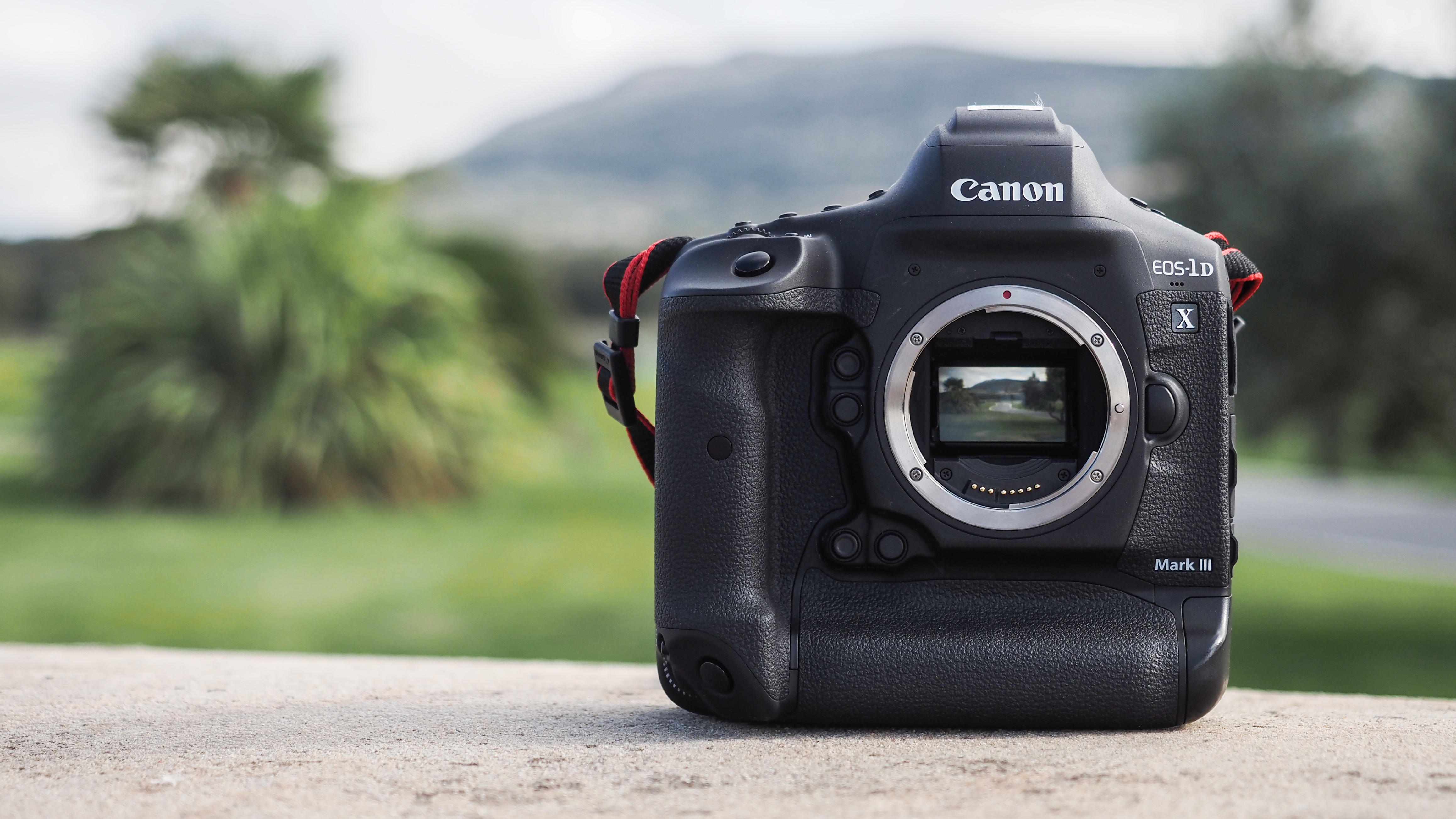
With 2020 supposed to be an Olympic year, Canon did what Canon does and released the latest iteration of its flagship camera, the Canon EOS-1D X Mark III. Far from iterative, though, this powerhouse DSLR was the most advanced camera on the market – and pioneered some of the technology that the company would employ in its mirrorless salvo later in the year.
Get the Digital Camera World Newsletter
The best camera deals, reviews, product advice, and unmissable photography news, direct to your inbox!
An absolute behemoth and the best camera for sports photography, Canon leveraged the advantage of DSLRs (namely the lag-free shooting) with the AI-programmed power of Deep Learning AF, blistering 16 fps mechanical / 20fps electronic burst shooting, and a revolutionary new optical Smart Controller that we really want to see ported over to other cameras.
So, the manufacturer started right at the top of the tree with its first release of the year. However, it far from forget the other end of the scale…
February – Canon EOS Rebel T8i / 850D
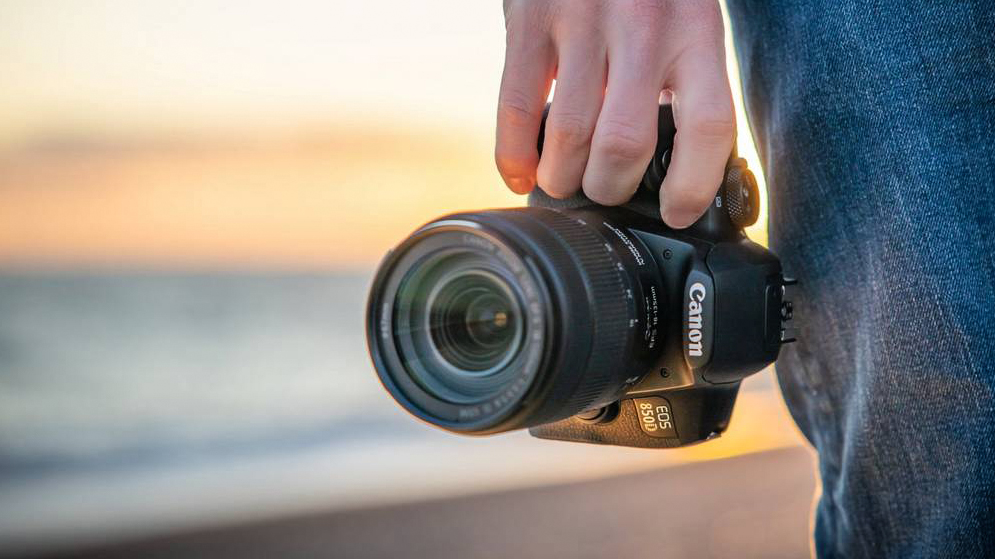
What better gift for Valentine's Day than an entry level DSLR with 4K capability? Well, unfortunately, an entry level DSLR with 4K capability that you could actually buy – and one whose 4K capabilities were actually up to snuff.
You see, while the Canon EOS Rebel T8i / Canon EOS Rebel 850D was announced on 13 February, it was actually unavailable for almost eight months. Stock would pop in exceedingly limited quantity in around July, but for all intents and purposes you couldn't get hold of this camera until October.
As an entry level proposition it is a very good DSLR, though unfortunately its 4K performance is very under par for a 2020 camera – it is, however, brilliant in 1080p. Still, with its next camera, Canon would set its sights not just on world-class 4K but on shattering the 8K barrier…
July – Canon EOS R5, R6 and RF bombshells
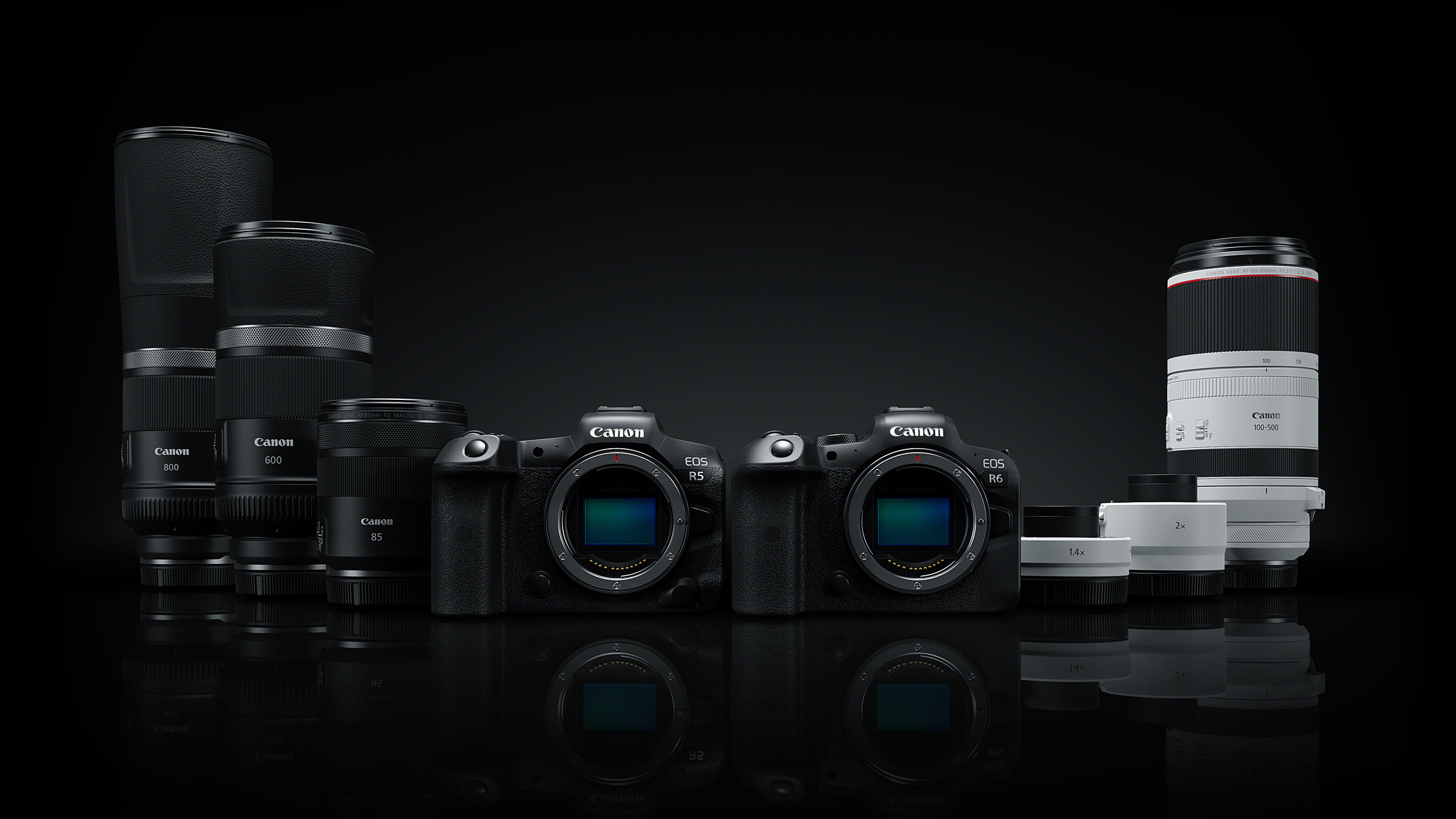
This is the moment that the history books will recall as Canon unleashing its arsenal of nuclear weapons on the entire camera industry. The revolutionary Canon EOS R5 gave no quarter, showed no mercy and awarded no clemency – a 45MP powerhouse capable of shooting stills at up to 20fps, and not only boasted 8K RAW video but could downsample that into clear as crystal 4K at up to 120p. And on top of that, you can also use it to warm your hands in the cold winter months.
Not to be outdone, we also saw the Canon EOS R6 – in many ways a mirrorless 1D X Mark III, with the same 20.1MP sensor and 20fps maximum burst, Deep Learning AF backed by Dual Pixel AF II, and the revolutionary new Animal AF (shared with the R5) that is so good, it's actually a cheat code for wildlife photography.
And as if flattening the industry with nukes wasn't enough, though, Canon then proceeded to carpet bomb the opposition with some extraordinary optics never seen before.
Fancy a Thermos-sized 600mm lens for under a grand? How about an 800mm one? The Canon RF 600mm f/11 IS STM and Canon RF 800mm IS STM may have seemed completely crazy to some, but these have proved to be astoundingly good optics that, coupled with the new Animal AF, make the EOS R system arguably the best for wildlife shooting.
More RF optics? No problem. A more conventional wildlife lens, the Canon RF 100-500mm f/4.5-7.1L IS USM delivered impressive reach and performance. And the Canon RF 85mm f/2 Macro IS STM offered an affordable alternative to the f/1.2L showcase lenses, while also doing double duty for macro work.
In one fell swoop, the RF mount system – which was previously albatrossed by the compromised Canon EOS R and the lopsided focus on premium glass at the expense of affordable optics – went from mildly interesting to truly world-beating.
October – A potpourri of products
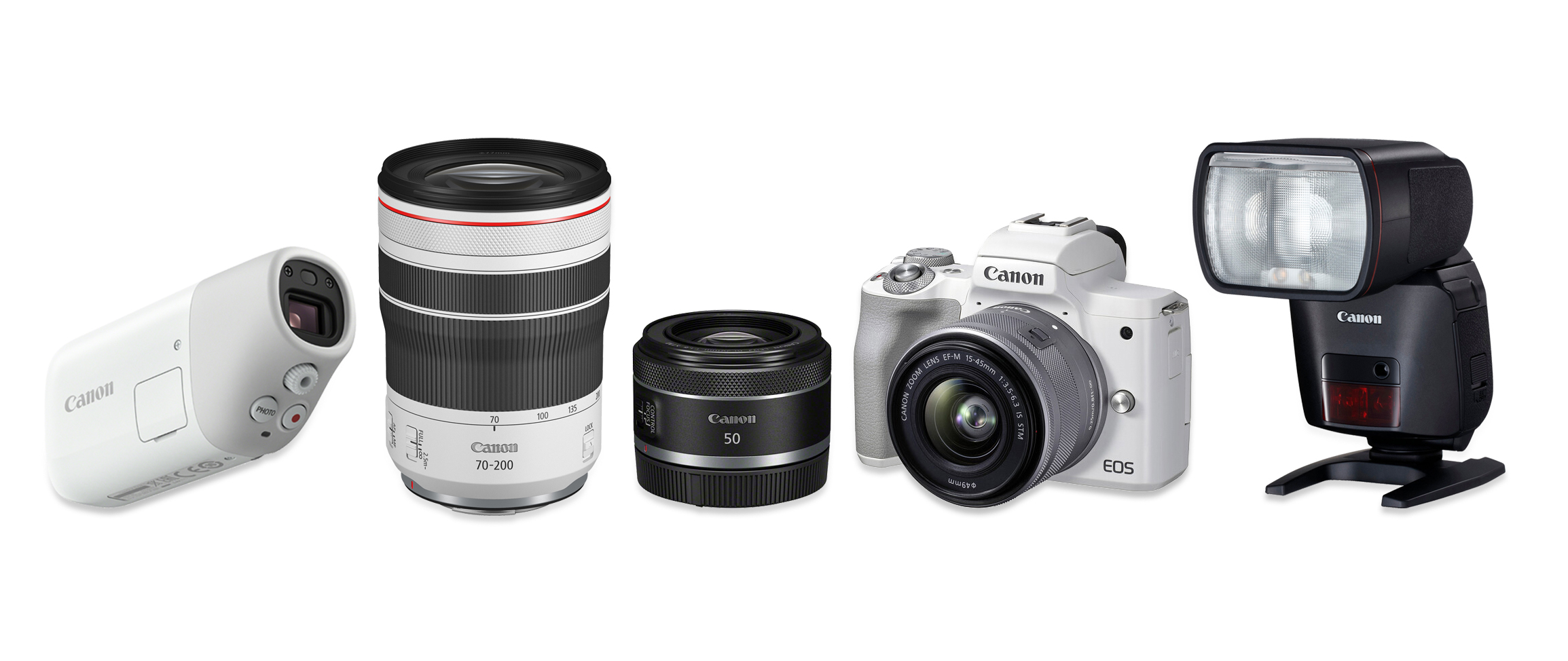
After months of rumors regarding a successor to the Canon EOS M50, the manufacturer's phenomenally popular APS-C mirrorless camera, the Canon EOS M50 Mark II was finally announced – but only in certain territories, like the US (but not the UK or Europe). Sadly it wasn't the release that anyone wanted, featuring no new hardware and mostly minor improvements (which could probably have been applied to the previous camera via firmware).
That disappointment aside, we also got a pair of significant new RF mount lenses: the Canon RF 50mm f/1.8 STM, offering a $200 alternative to the $2,300 Canon RF 50mm f/1.2L USM, and the Canon RF 70-200mm f/4L IS USM that's a soda can-sized alternative to the pricier Canon RF 70-200mm f/2.8L IS USM trinity lens.
While the RF 50mm f/1.8 is a lens that legitimizes the entire EOS R system, unfortunately the Canon RF 70-200mm f/4 has been delayed until March due to production problems.
Not content with fast glass and cameras with great low light performance, Canon also gave us a brand new flashgun, the Canon Speedlite EL-1 – a professional strobe that costs a whopping $1,100.
And just to throw one last curveball at the industry to round out the year, we also saw the release of the Canon PowerShot Zoom – a pocket-sized monocular camera that gives you an astonishing 100-800mm reach. One of the company's concept cameras that had been in the works for a few years, what it lacks in image quality it makes up for in sheer innovation.
And that outside-the-box thinking perfectly surmises Canon's 2020 as a whole; the beast has reawakened, and it's going to be clawing at every door in 2021.
Read more:
Canon EOS-1D X Mark III review
Canon EOS R5 review
Canon EOS R6 review
Canon EOS Rebel T8i review / Canon EOS 850D review
Canon PowerShot Zoom review

James has 22 years experience as a journalist, serving as editor of Digital Camera World for 6 of them. He started working in the photography industry in 2014, product testing and shooting ad campaigns for Olympus, as well as clients like Aston Martin Racing, Elinchrom and L'Oréal. An Olympus / OM System, Canon and Hasselblad shooter, he has a wealth of knowledge on cameras of all makes – and he loves instant cameras, too.
